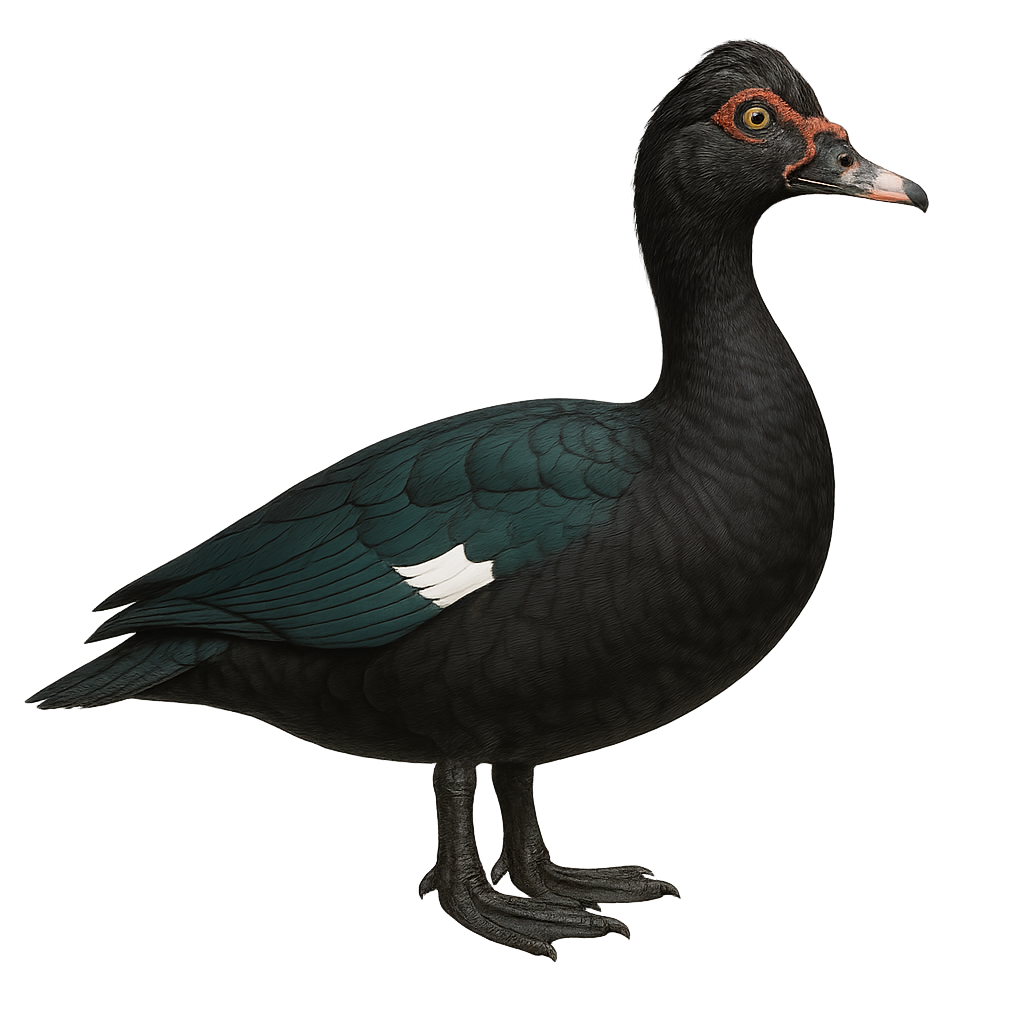Your wildlife photography guide.
Explore the muscovy duck in detail, study its behavior, prepare your shots.
Where to observe and photograph the muscovy duck in the wild
Learn where and when to spot the muscovy duck in the wild, how to identify the species based on distinctive features, and what natural environments it inhabits. The WildlifePhotographer app offers tailored photography tips that reflect the muscovy duck’s behavior, helping you capture better wildlife images. Explore the full species profile for key information including description, habitat, active periods, and approach techniques.
Muscovy Duck
Scientific name: Cairina moschata

IUCN Status: Least Concern
Family: ANATIDAE
Group: Birds
Sensitivity to human approach: Suspicious
Minimum approach distance: 10 m
Courtship display: May to August
Incubation: 33-35 jours
Hatchings: June to September
Habitat:
Marshes, slow-moving rivers, lakes
Activity period :
Primarily active during the day, with peak activity in the morning and late afternoon.
Identification and description:
The Muscovy Duck, Cairina moschata, is a large duck native to Central and South America. It is easily identified by its large size, distinctive black and white plumage, and the red caruncles around its beak. This duck prefers aquatic habitats such as marshes, slow-moving rivers, and lakes, where it feeds mainly on aquatic plants, insects, and small fish. Although often domesticated, the wild Muscovy Duck is more wary and tends to avoid humans. It is known for its strong and direct flight despite its size. Males are generally larger than females and can be quite territorial during the breeding season.
Recommended lens:
400mm – adjust based on distance, desired framing (portrait or habitat), and approach conditions.
Photography tips:
To photograph the Muscovy Duck, it is advisable to use a 400mm lens or longer to capture detailed images without disturbing the animal. Look for quiet areas near water where these ducks are likely to feed. Be patient and discreet, as although they are tolerant, they may fly away if approached too suddenly. Take advantage of the early morning or late afternoon hours to benefit from soft, flattering light.
The WildlifePhotographer App is coming soon!
Be the first to explore the best nature spots, track rutting seasons, log your observations, and observe more wildlife.
Already 1 429 wildlife lovers subscribed worldwide

